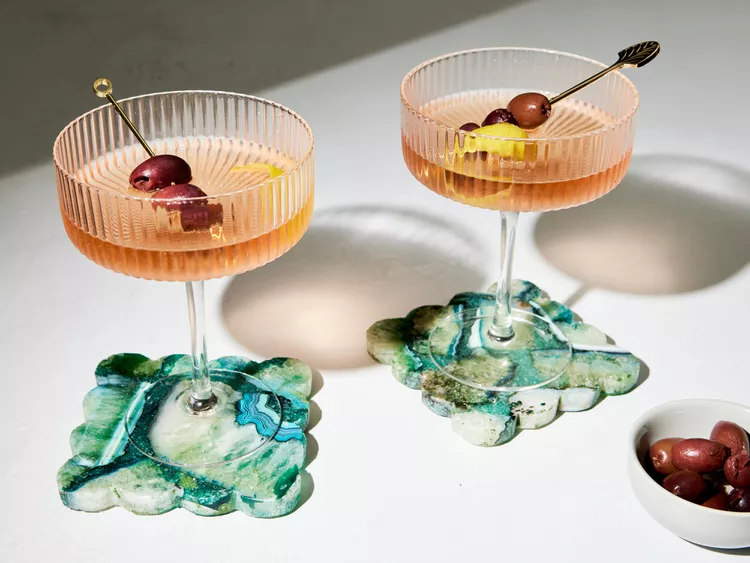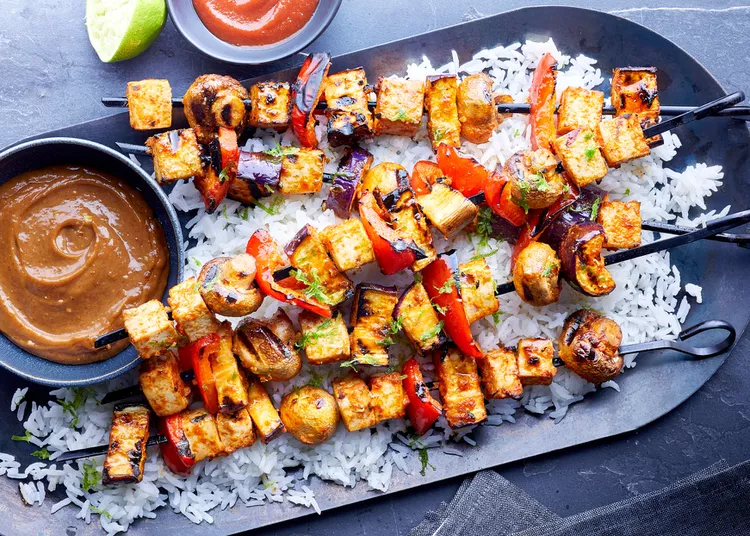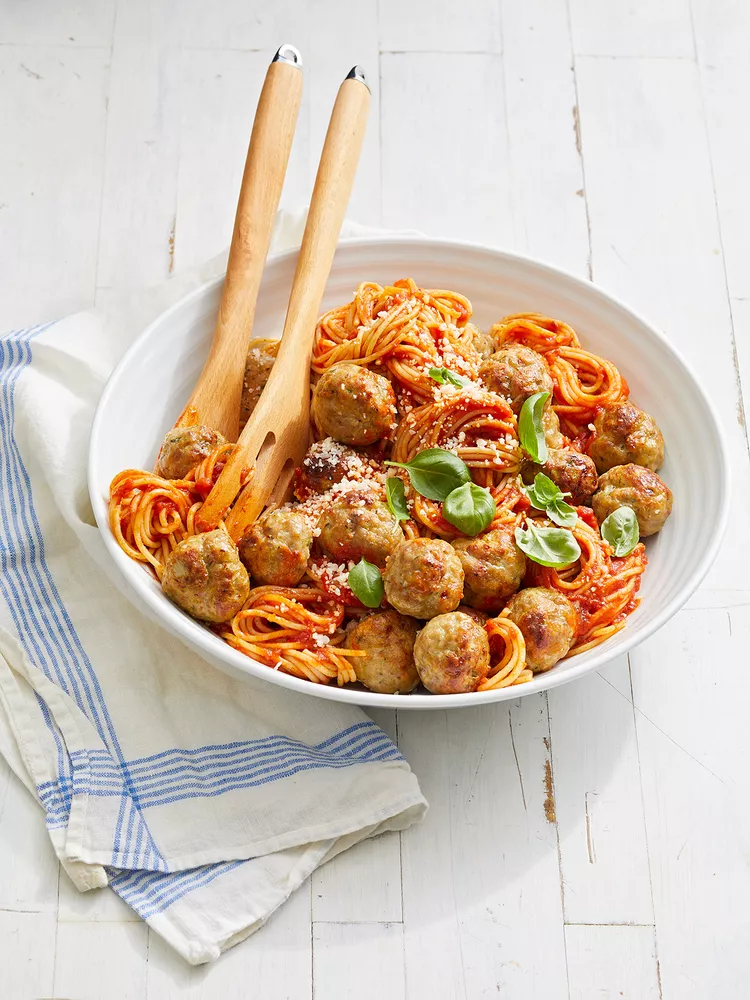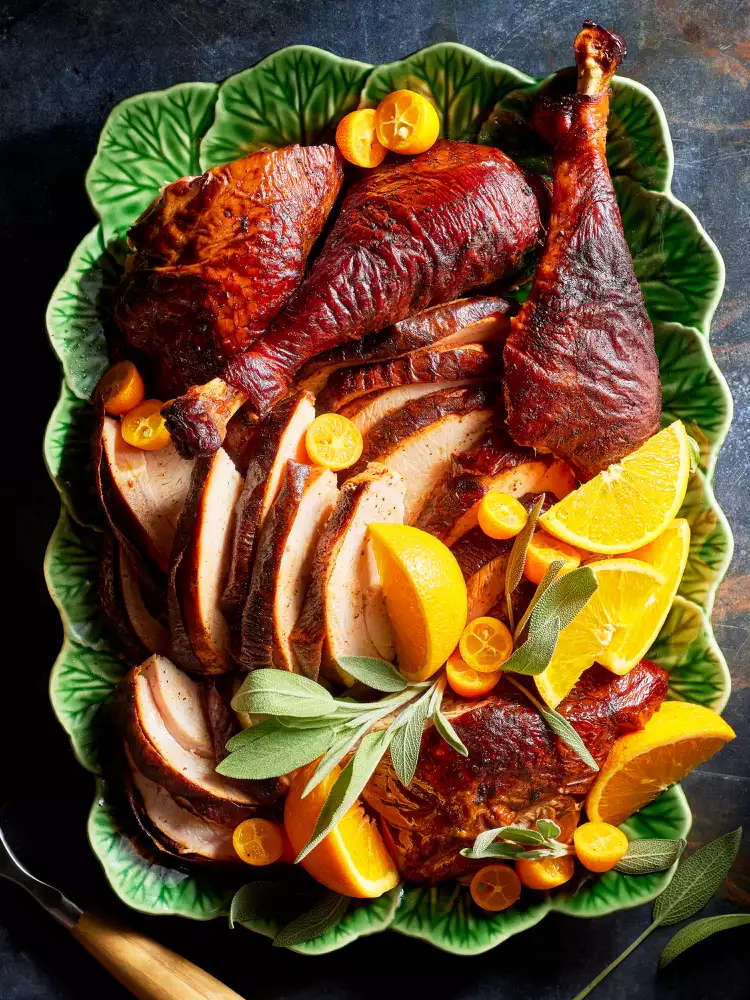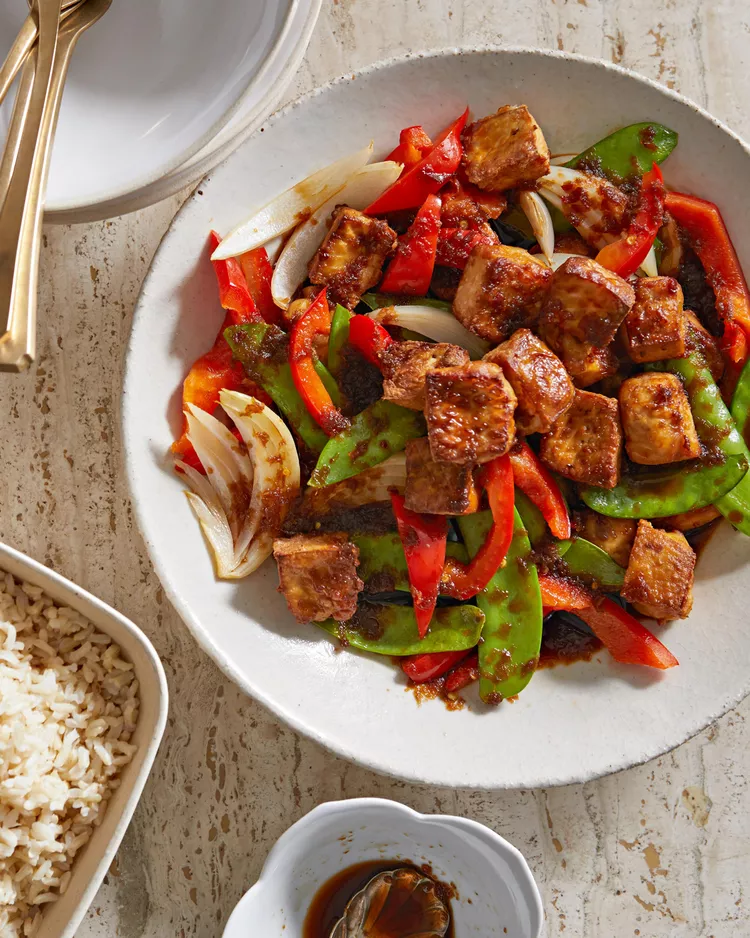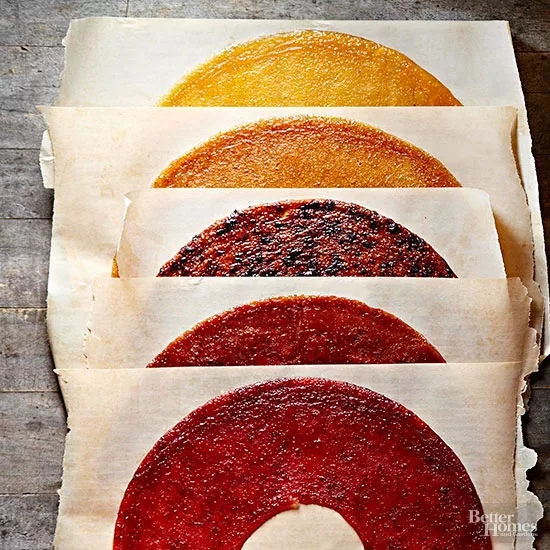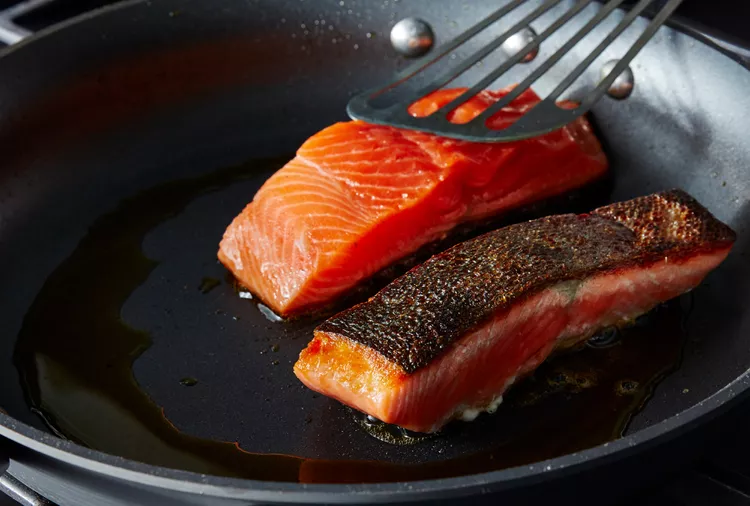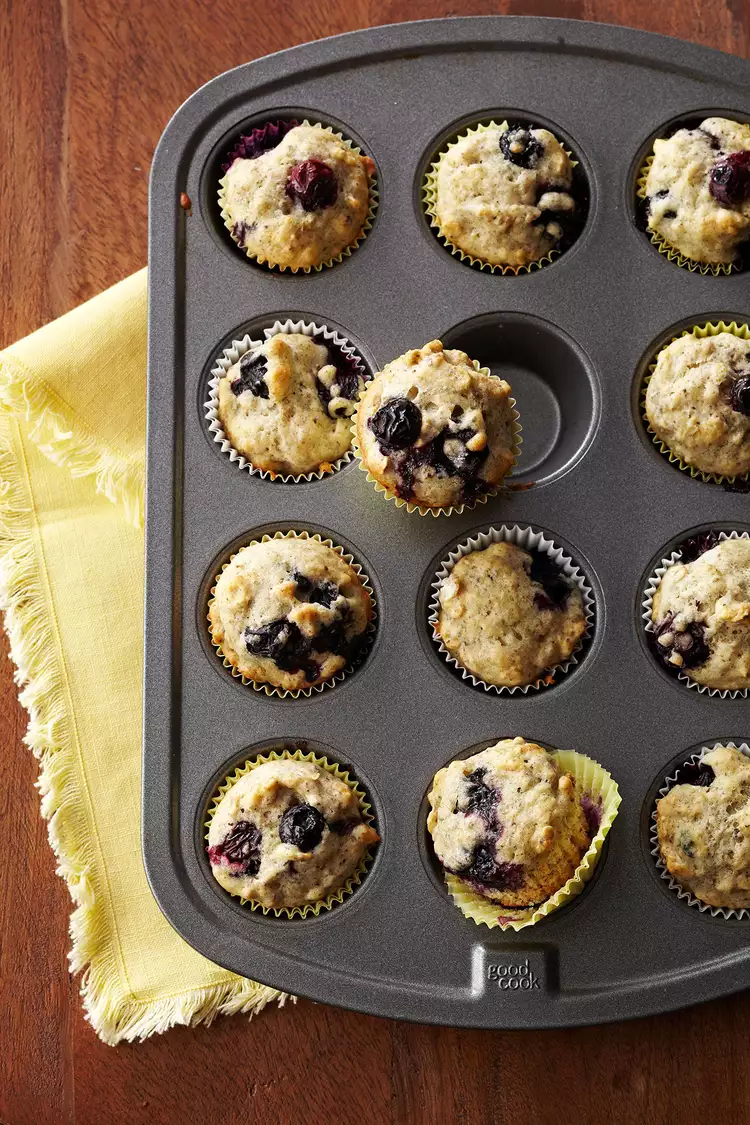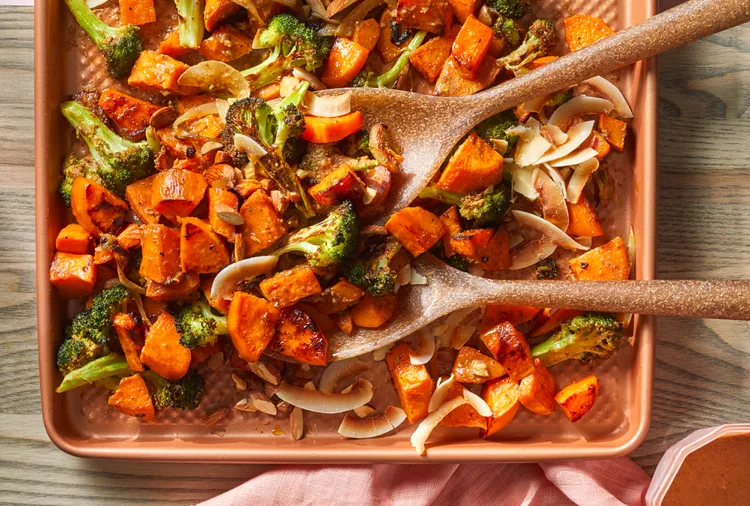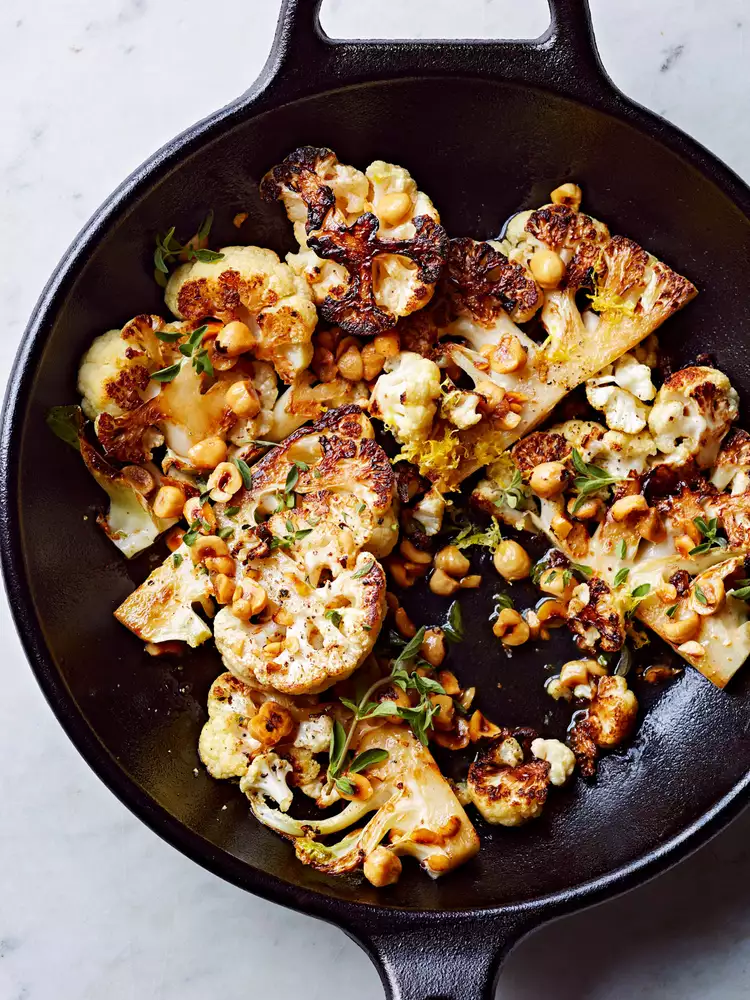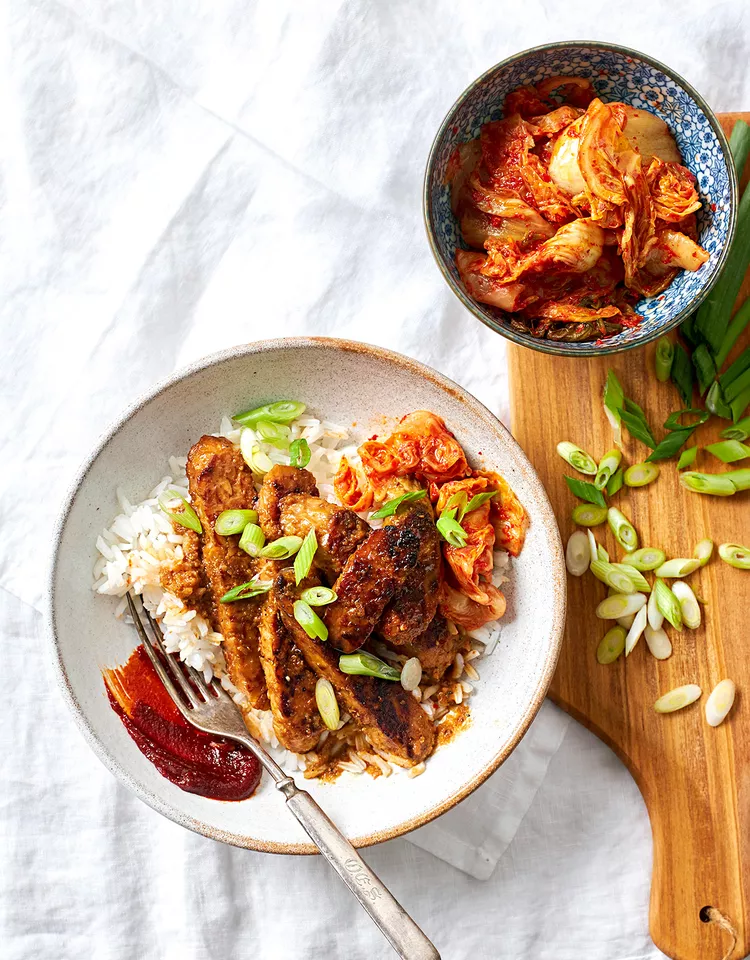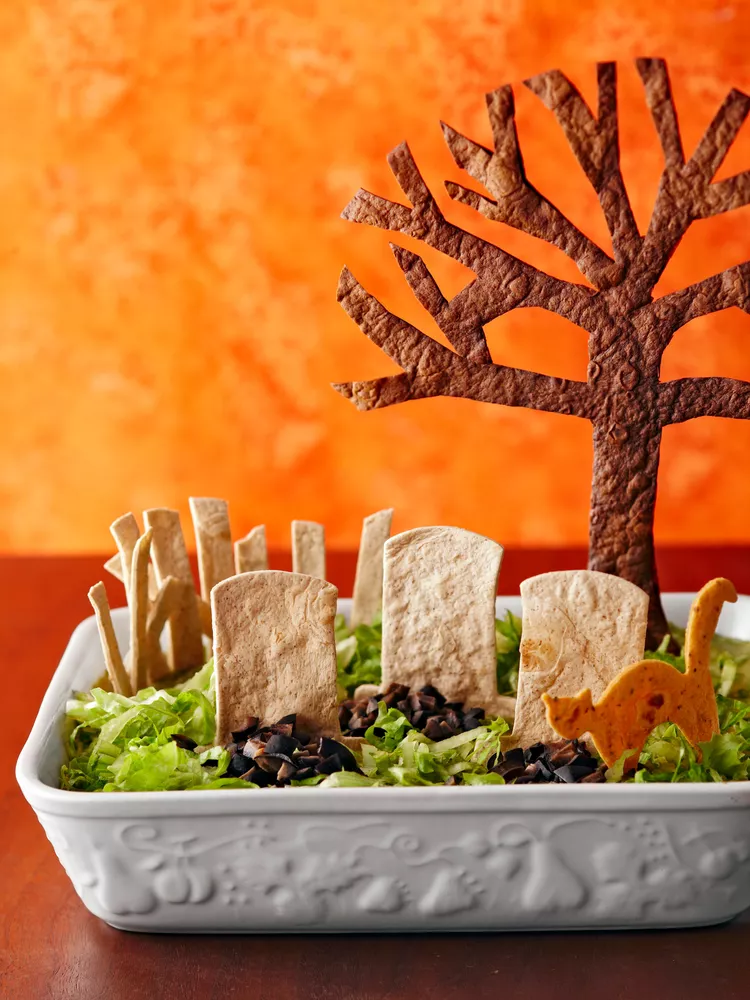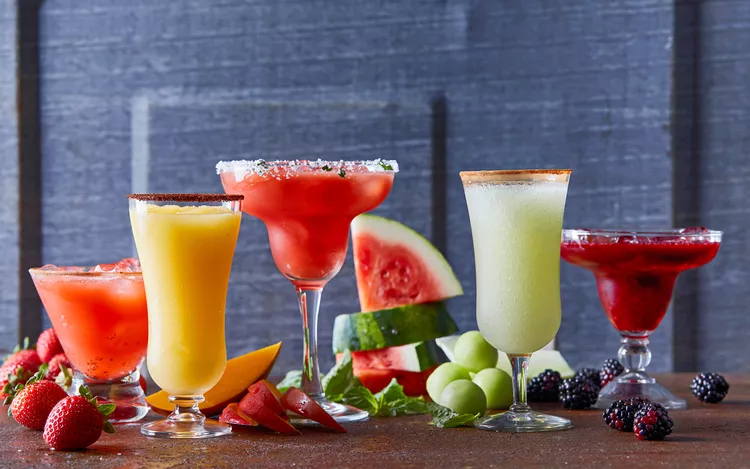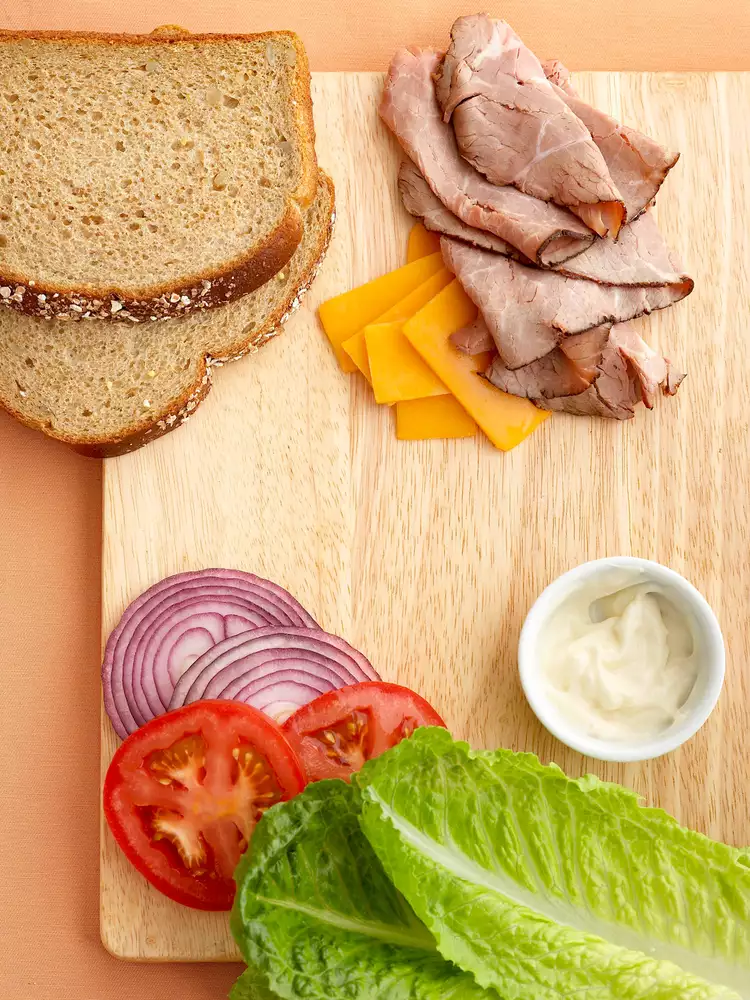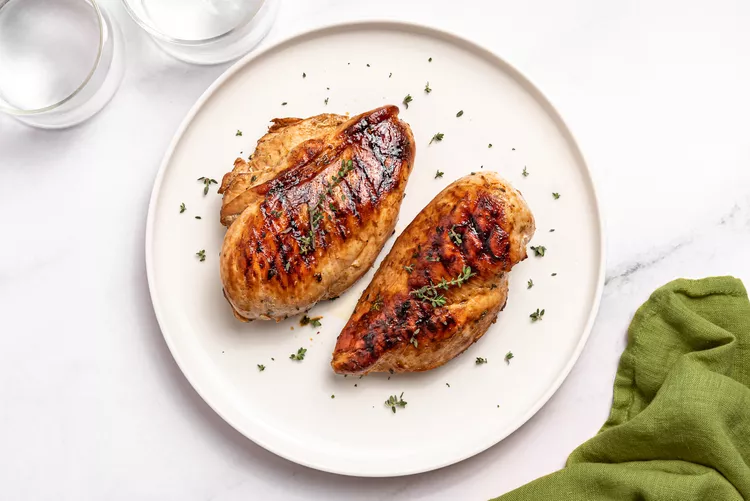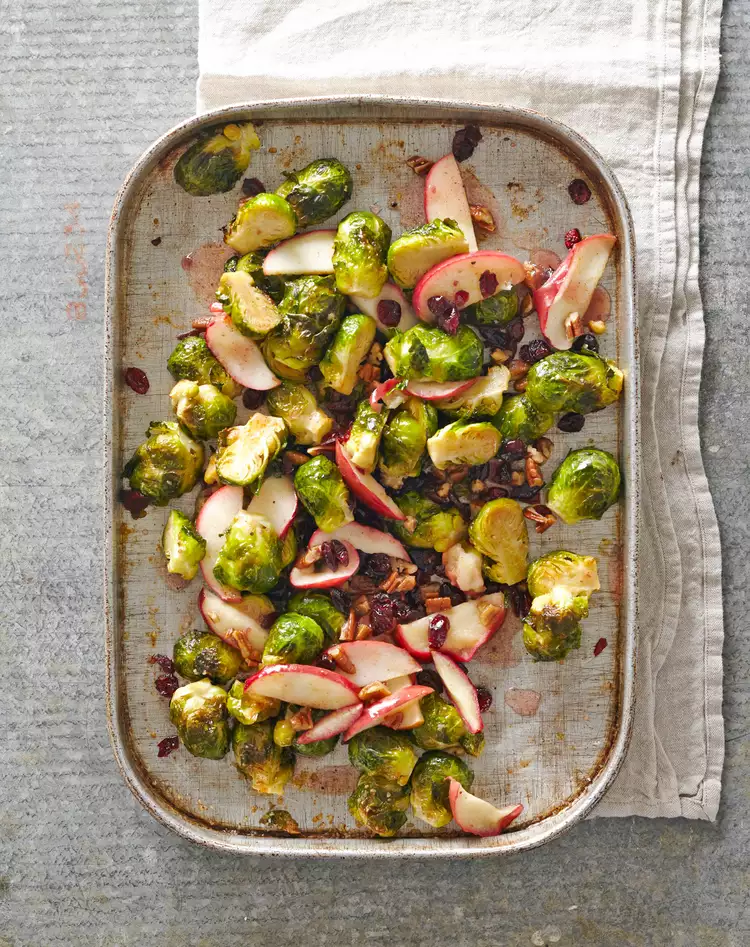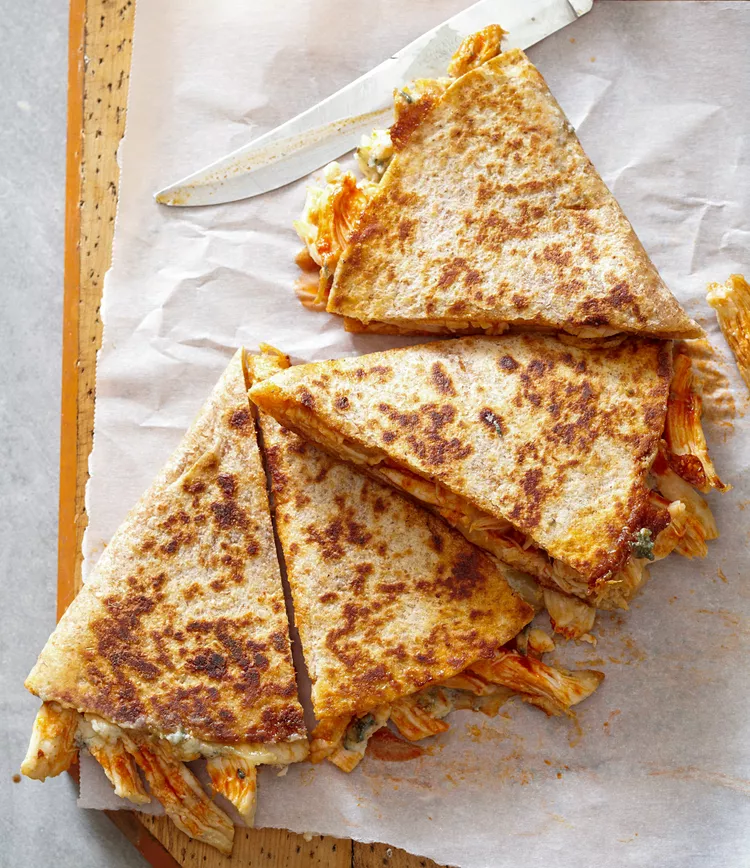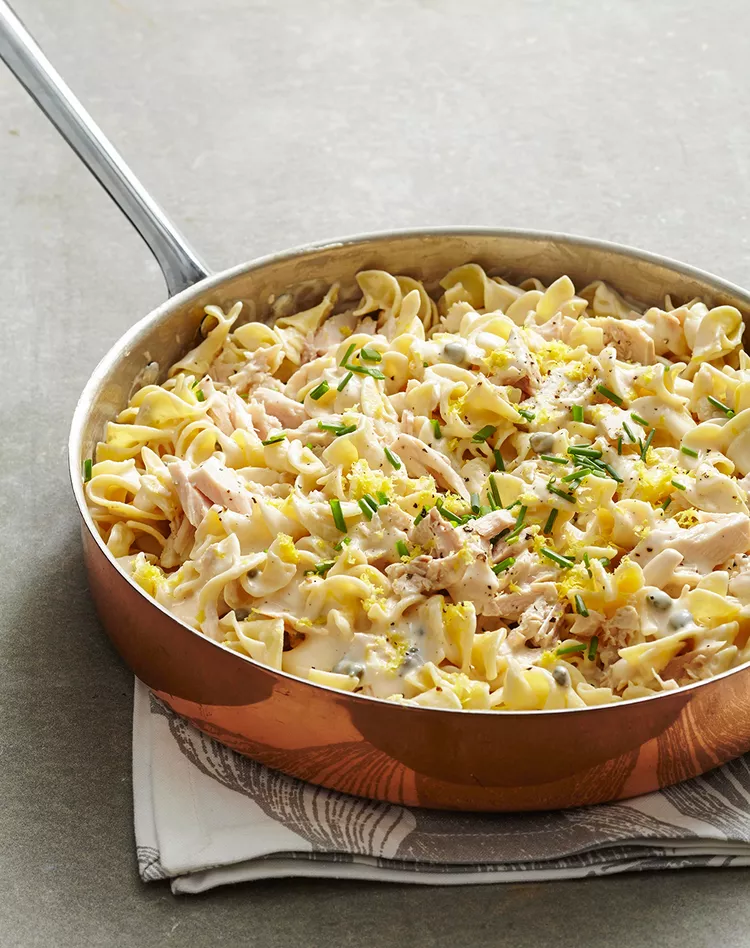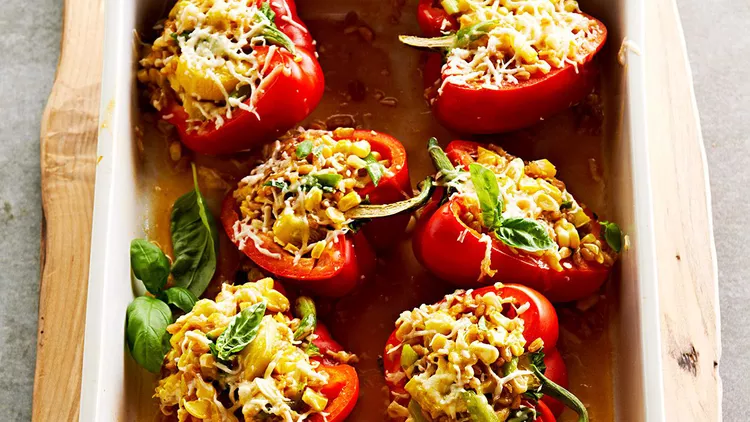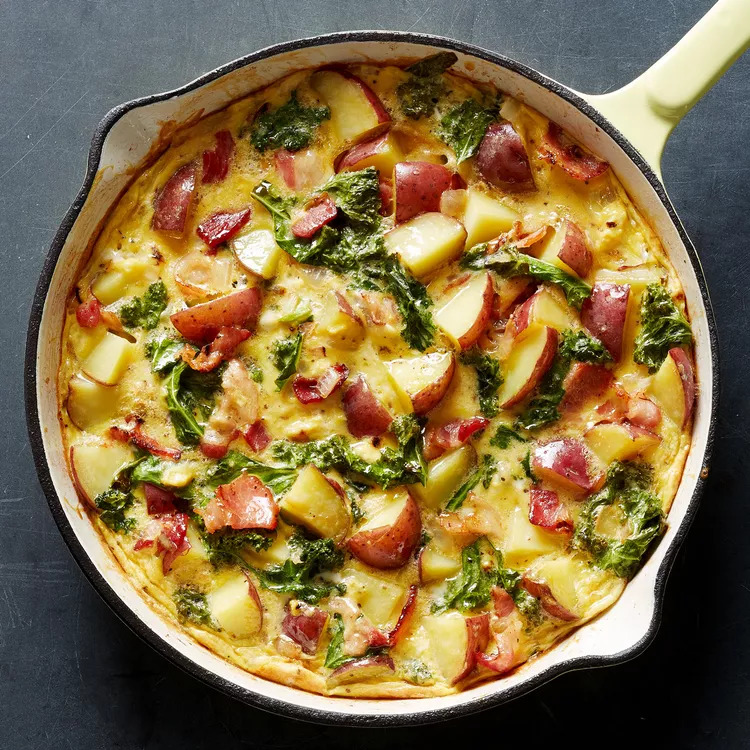James Bond was just scratching the surface of mystifying martini scenarios. If you order or make a classic martini recipe, a series of questions arises before you can take that first sip: Shaken or stirred? Gin or vodka? Dry or wet? Dirty or not? With a lemon twist or olives?
We adore martinis nearly every which way, and have tested and perfected everything from buzzy Espresso Martinis and earthy Matcha Martinis to silky Olive Oil Martinis and savory Tomatinis. We’ve even crafted Stuffed Olive Ice Cubes to keep our martinis chilled as we take our time enjoying them. And on nights we don’t want to imbibe in a cocktail, but do want to savor something with similar flavors, we whip up this 5-star Dirty Martini Pasta.
If you happen to be on Team Olive when it comes to your martinis, you may have noticed that three types of olives—Italian green Castelvetrano, Spanish Manzanilla, or Spanish Queen—tend to reign supreme when it comes to martini garnishes. But why limit your options? As proven by those creative martini twists above, there are very few firm rules when it comes to making your perfect martini.
When you’re ready to mix up your martini game even more, might we recommend a Kalamata Olive Martini?
What Is a Kalamata Olive Martini?
Also known by some mixologists as a “Grecian-Style Dirty Martini” or “Martini Noir,” a Kalamata Olive Martini is just what it sounds like: a classic martini recipe, just made with black Kalamata olives instead of the traditional green kind.
You’re probably more familiar with seeing kalamata olives as part of salads, on charcuterie boards, or atop pizzas. But we suggest keeping that jar of black olives handy to try in your next martini recipe. Not only does the fruit add a lovely extra salty touch (since kalamata olives are packed in a salt-water brine and are not shocked in a citric acid wash, as green olives are), but their brine also lends a lovely purple hue to the creative cocktail recipe. Besides being pleasantly pungent, kalamata olives are often described as fruity, rich, and wine-like in flavor…talk about ideal for drink recipes.
Kalamata Olive Martini Ingredients
- Fresh lemon peel twist: No need to choose between olives or lemon with this easy cocktail recipe. We love the interplay of the sweet-tart lemon with the briny, savory olive flavor. To make a fresh lemon peel twist, wash a fresh lemon, then use a knife to cut a ¼-inch slice. Cut a slit through one section of the rind, then run the knife around the lemon pith to separate the flesh from the peel. Once you have a long strip of peel, use the knife to carefully trim away any thick portions of the bitter white pith. Using your fingers on both hands, twist the lemon peel strip into a curlicue shape.
- Kalamata olives and brine: As we mentioned, this is the single-ingredient swap that makes this martini recipe dark, a bit more briny, and something that the savory cocktail fans in our Test Kitchen love. Tradition suggests that you serve a martini with an odd number of olives; either one or three. We recommend three. If you enjoy a “dirty martini,” which means a martini with some olive brine for extra flavor, you can source this brine from the jar.
- Gin or vodka: Every martini recipe comes with this choice, and there’s not a wrong one in our opinion. Opt for gin if you’re in the mood for more complexity; since it’s infused with botanicals and herbs, gin often delivers notes of juniper, lavender, and citrus. Opt for vodka for a “cleaner” and more neutral flavor.
- Dry vermouth: This is a type of fortified wine that’s infused with herbs and botanicals. Since it is wine, rather than a spirit, once a vermouth bottle is opened, the clock starts ticking on its shelf life. Try to buy a small bottle, and after opening, store it in the refrigerator rather than on your bar cart. Plan to polish off a bottle of vermouth in a month or two. (For comparison, an open bottle of regular wine starts to noticeably diminish in quality after 3 to 5 days of refrigerator storage.)
Test Kitchen Tip: If your olive brine has bits of olive in it, pass it through a small fine strainer as you measure it.
Ingredients
-
Fresh lemon peel twist
-
3 pitted kalamata olives
-
Ice cubes
-
2 fluid ounces gin or vodka
-
1 fluid ounce kalamata olive brine
-
1/4 to 1/2 fluid ounce dry vermouth
Directions
-
Wipe the rim of a cocktail glass with the lemon twist; drop into the glass. Thread the olives on a cocktail pick; place in the glass. In a cocktail shaker half filled with ice, combine gin, olive brine, and vermouth. Cover and shake until very cold. Strain liquid into the martini glass.
Kalamata Olive Martini Recipe Variations
- Wet Kalamata Olive Martini: Use ½ ounce to ¾ ounce of dry vermouth.
- Dry Kalamata Olive Martini: Use ¼ ounce or less of dry vermouth.
- Very Dry Kalamata Olive Martini: “Rinse” the glass with vermouth by adding a splash to the glass. Using your dominant hand, lift the glass up and swirl the vermouth around to come in contact with as much of the interior of the glass as possible. Dump out the vermouth. (This lends a whisper of vermouth flavor, while allowing the olive and spirit to really shine as the co-stars.
- Perfect Kalamata Olive Martini: Use ¼ ounce each sweet vermouth and dry vermouth.
- Free-Spirited Kalamata Olive Martini: Skip the vermouth and use a non-alcoholic gin or vodka swap, such as Seedlip Garden 108, Ritual Gin Alternative, or Pentire Adrift.
Nutrition Facts (per serving)
| 234 | Calories |
| 8g | Fat |
| 5g | Carbs |
| 0g | Protein |
| Nutrition Facts | |
|---|---|
| Servings Per Recipe 1 | |
| Calories 234.4 | |
| % Daily Value * | |
| Total Fat 8.2g | 11% |
| Saturated Fat 1.1g | 6% |
| Cholesterol 0mg | 0% |
| Sodium 286.5mg | 12% |
| Total Carbohydrate 5.1g | 2% |
| Dietary Fiber 1.9g | 7% |
| Total Sugars 0.4g | |
| Protein 0.4g | 1% |
| Vitamin D 0mcg | 0% |
| Vitamin C 8.1mg | 9% |
| Calcium 44mg | 3% |
| Iron 1.4mg | 8% |
| Potassium 26.8mg | 1% |
| Fatty acids, total trans 0g | |
| Vitamin D 0IU | |
| Alanine 0g | |
| Arginine 0g | |
| Ash 1g | |
| Aspartic acid 0g | |
| Caffeine 0mg | |
| Carotene, alpha 0.1mcg | |
| Choline, total 4.5mg | |
| Copper, Cu 0.1mg | |
| Cystine 0g | |
| Energy 981.2kJ | |
| Fluoride, F 20.2mcg | |
| Folate, total 0.8mcg | |
| Glutamic acid 0g | |
| Glycine 0g | |
| Histidine 0g | |
| Isoleucine 0g | |
| Leucine 0g | |
| Lysine 0g | |
| Methionine 0g | |
| Magnesium, Mg 4.1mg | |
| Manganese, Mn 0mg | |
| Niacin 0.1mg | |
| Phosphorus, P 6mg | |
| Pantothenic acid 0mg | |
| Phenylalanine 0g | |
| Phytosterols 11.1mg | |
| Proline 0g | |
| Retinol 0mcg | |
| Selenium, Se 0.5mcg | |
| Serine 0g | |
| Theobromine 0mg | |
| Threonine 0g | |
| Vitamin E (alpha-tocopherol) 1.2mg | |
| Tryptophan 0g | |
| Tyrosine 0g | |
| Valine 0g | |
| Vitamin A, IU 158.2IU | |
| Vitamin A, RAE 7.9mcg | |
| Vitamin B-12 0mcg | |
| Vitamin B-6 0mg | |
| Vitamin K (phylloquinone) 3mcg | |
| Water 111.9g | |
| Zinc, Zn 0.1mg | |
*The % Daily Value (DV) tells you how much a nutrient in a food serving contributes to a daily diet. 2,000 calories a day is used for general nutrition advice.
